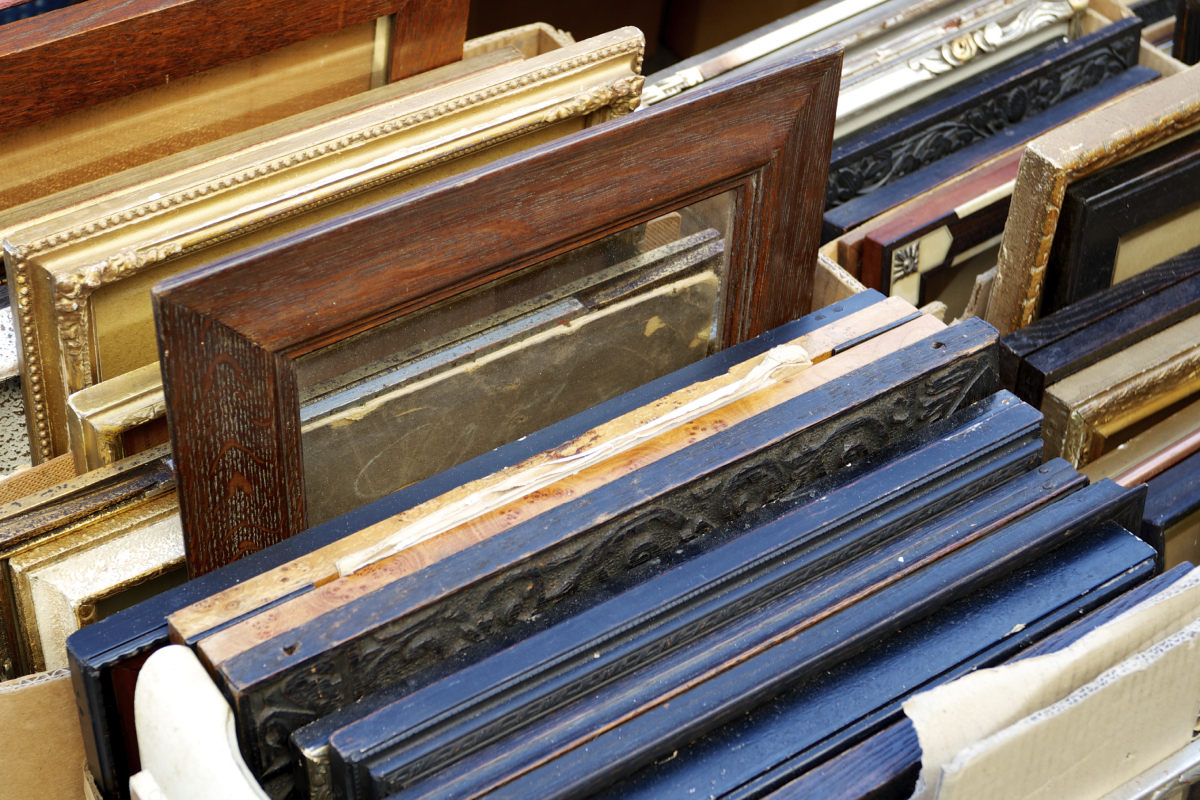THERE IS NOTHING BETTER THAN WALKING AROUND A GALLERY WHEN THESE ELEMENTS ARE WORKING FOR YOU RATHER THAN AGAINST YOU—IT IS AN AMAZING FEELING.
Talking to the Mall Galleries head technician, Warren Grant, we learned about what goes on behind the scenes of an open exhibition at Mall Galleries and it’s certainly worth sharing. With a background in acting, circus production, venue management, and art transportation, Warren has a wealth of experience in this field; dealing with people, and art is his forte. So, for the aspiring curator, for the up-and-coming artist, or for those interested in what goes on behind the gallery’s front of house, now is the time to take notes.
Art exhibitions are made up of more than the images we see on their walls. The ways that the space has been used, the frames that surround the images, and the way the light falls on each piece, are all extensions of the artworks present. Such logistics and arrangements are easy to forget about, especially when, on arrival, the exhibition is already perfectly assembled, to the point where a visitor may not be able to remember a time when it didn’t grace the walls of the gallery. These inner workings of an exhibition are, however, crucial, and yet they are rarely discussed.
Warren explained that his team is in charge of getting the artists’ works, from the doorstep of the gallery, onto its walls, as well as all the steps in between, but the art needs to arrive without damage.
Good wrapping
Mall Galleries generally only accepts works by hand unwrapped, however, their safe arrival often relies on good wrapping. Warren explained that packaging your work is all about protecting its corners so that when the works are moved around, they are less likely to incur any damage. But, you don’t need to destroy the environment with rolls and rolls of plastic wrapping paper to ensure this. If you can be a little inventive and dexterous with the way you use cardboard and biodegradable tape, this can be equally effective. There need not be any elitism around framing and packaging— excellent framing and packaging can easily be achieved in an affordable way.

Warren Grant
Receiving Day
An exhibition that is showing more than one artist’s work such as an open show will have an assigned ‘Receiving Day’; it is essential that artists diarise delivery and collection dates to ensure that this runs according to schedule. On this day, all the exhibiting artists who are available to visit the gallery in person—we will get to those who cannot visit in person shortly—will drop their work off. Warren noted that there can be up to 200 pieces delivered in one day and the technician team is responsible for organising all of these works.
The back of a painting is more relevent to us than the front of it
When organising the artworks that are delivered on ‘Receiving Day’, the tech team might catagorise works according to their medium, size, the art society that it is linked to, the artists’ names or frames, and so on. During this process, the tech team is, however, less interested in what the front of the piece looks like, and more interested in the back of the piece and the frame in which it sits.
Warren explained that organising artwork inevitably requires pieces to be stacked against others throughout the process. As such, it is essential that the frames used will stack against other frames without damaging any of the pieces within. If the back of a frame has hooks, bumps or an uneven surface, it will damage the art that it is stacked against. On top of this, Warren notes, the heavier a piece of work is, the more likely it is that it will get damaged, or damage other pieces of work. As such, you want your frame to be light, and for its back to be as smooth as possible.
Cataloguing and hanging
Once all the works have been delivered, catalogued, and catagorised, the tech team will meet with the curating team to discuss the order in which the pieces will be arranged on the walls ahead of ‘Hanging Day’.

Main Gallery Royal Society of Portrait Painters 2021
Hanging is overseen by the hanging committee for the exhibition. This is made up of Member artists and assisted by the Mall Galleries’ technicians, many of whom are themselves artists. Warren adds that strong communication skills and teamwork are important for a successful hanging day; he noted that the team has to be quick, but not rush: ‘we each have a lot of experience hanging art and we work hard under pressure, there has to be a fast turn around. Curation is very much an act of trial and error, though more trial than error, but it does take a lot of patience. You have to build up the exhibition slowly.’
Warren closed our interview by noting that
there is nothing better than walking around a gallery when these elements are working for you rather than against you—it is an amazing feeling.
Interview and article by Ellie Lachs








